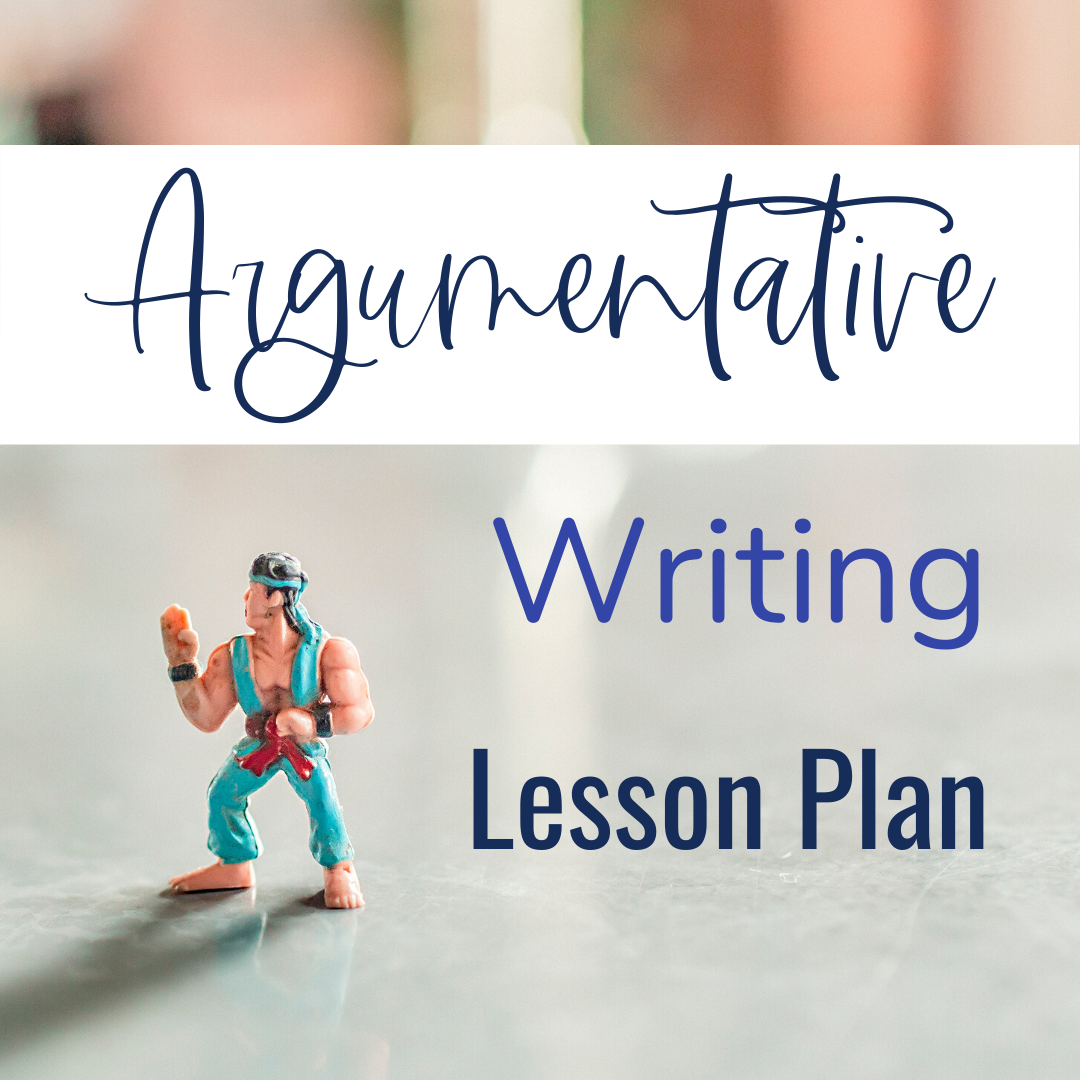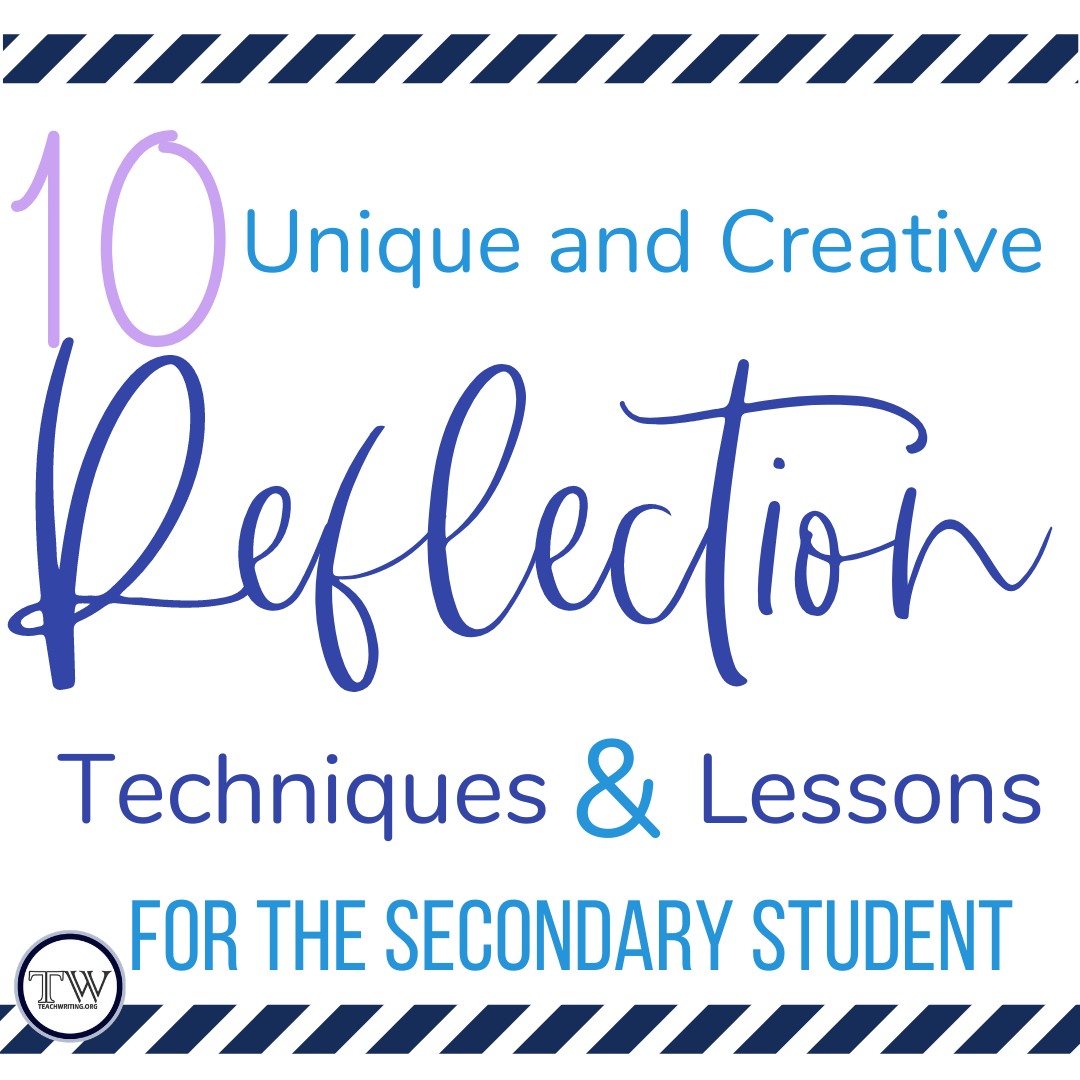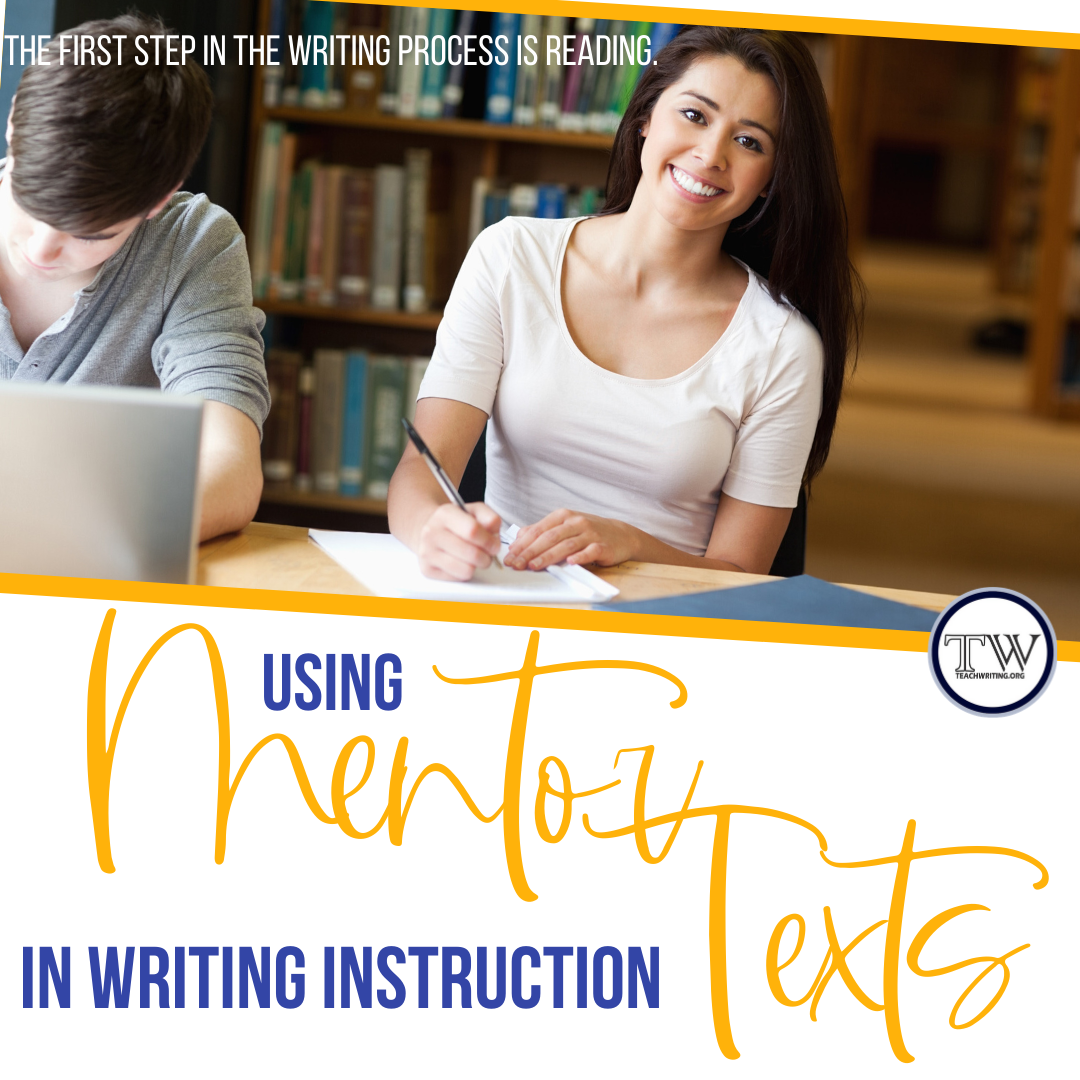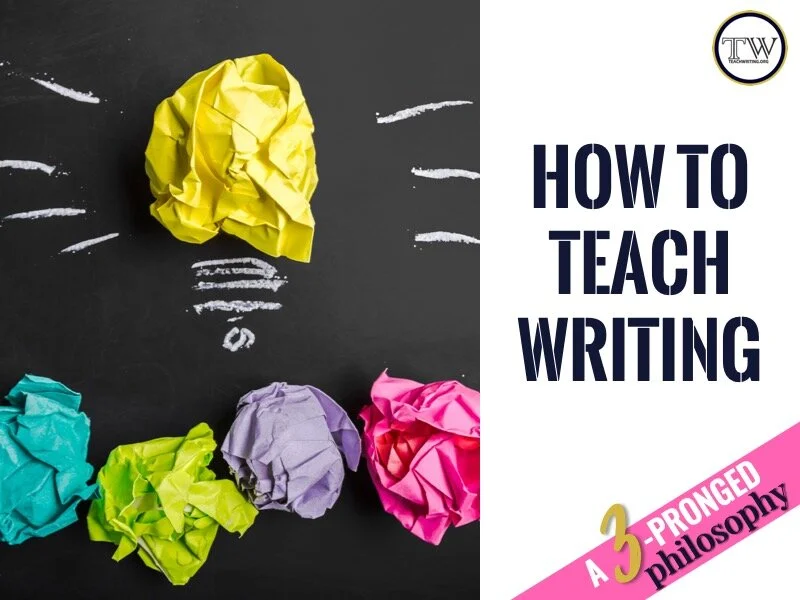The collaborative, or “group” essay concept, is a staple in business schools and college curriculums. It’s a strategy that on the surface may seem to work in encouraging group participation in the writing process, and there are certainly cases where this happens. However, it is a strategy that comes with both pros and cons in the secondary English Language Arts classroom.
Read MoreBreaking the writing process up into two powerful sides of the brain can help students be more effective in the writing process. Let’s look at four different techniques to make this happen in the high school English classroom.
Read MoreCan essays simply be swapped out from an assessment? Let’s explore the ways in which writing skills can be broken down and evaluated in a variety of different formats.
Read MoreHow can language arts teachers support high school writers? With purposeful feedback and activities, English teachers can structure an environment to grow young writers.
Read MoreIn this post, guest blogger Jamie from Write on! with Jamie details five critical teaching points to consider with argumentative writing.
Read MoreThis article is meant for secondary teachers who are on the fence about whether to try reading and writing workshop in their class next year. Below you'll find ten convincing (I hope) reasons why you should definitely give workshop a chance!
Read MoreHow can teachers help older students enjoy writing? Negativity and reluctance is a mindset that is established early on. However, in middle and high school, certain teaching approaches and strategies can help to change the way students view themselves as writers. Create a positive writing culture and maintain it through the year. These nine approaches can help.
Read MoreAs educators, we know how critical reflection is to the learning process. Getting students to reflect- deeply and meaningfully- is often one of the most challenging lessons we teach. I have found that both my middle school and high school students will often scoff at these reflection activities, providing the least amount of effort possible to complete the task they see as meaningless. I have been searching for and creating lessons and activities that will bring interest and engagement to this task. The following
Read MoreUnderstanding the many nuances of great writing can seem like a daunting challenge for teachers and students alike. As educators, we are aware of the strong correlation between good reading skills and good writing skills. This is because students are absorbing the author’s craft as they explore amazing works of literature. This knowledge has given rise to the popularity of mentor texts within the ELA classroom.
Read MoreWriting is grammar. Grammar is writing. Sure, there are elements of writing that may not be directly related to grammar, such as word choice, citation rules, and paragraph organization. Still, the ability to take words and play with them skillfully mainly centers around students' mastery of grammar. Teaching writing? When creating a writing culture in my classroom, demonstrating how grammar empowers authors is paramount. As I tell my students, "In this classroom, we do "grammaring."
Read MoreI have decided to build my own community of collaborative authors within my classroom; I will be establishing a class blog for my students, allowing them to grow together as authors, building a unique platform to showcase/display their works to the world!
Read More6 Strategies for Turning Struggling Students into Successful & Confident Writers!
Read MoreAngela Stockman's book, Make Writing: 5 Teaching Strategies That Turn Writer's Workshop Into a Maker Space, is absolutely unique. In more than ten years in education, I have never read or heard of this idea before. Stockman proposes we let students "make" their ideas before they write them, combining their physical and mental creativity.
Read MoreTeaching and assessing writing can be challenging, and even more so when you're trying to identify effective ways to scaffold writing instruction for struggling students. Set teenagers up for success by incorporating these teacher-tested, student-approved strategies.
Read MoreIt was a Saturday sometime in August of 2007. I had just two days until the first day of school to organize a room loaded with textbooks, workbooks, piles and piles of worksheets, dictionaries and teacher curriculum that walked me step by step through the teaching process for all the core subjects, reading, spelling, math and science.
As for writing... I had some six trait posters and a pile of dusty grammar workbooks.
Read MoreTeaching writing can be an overwhelming challenge. It can rarely be taught sequentially like a math class, which begs the question- where do I even begin? Grammar, sentence structure, idea development, voice, organization?
Read More"3 Cornerstones for Teaching and Assessing Writing" is a part of a writing philosophy series for teachers who are always learning and adapting to their students' needs and educational demands.
Read MoreOver the past 10+ years of teaching high school, my philosophy for writing instruction has changed greatly. It has been a decade of experimentation and adaptation; a decade dedicated to finding what works and trying out new methodologies...
Read More

















